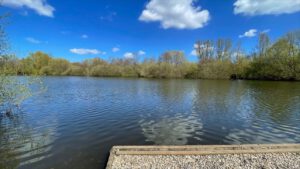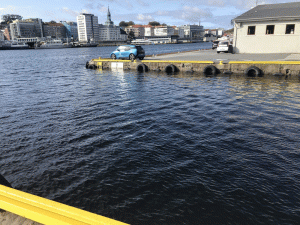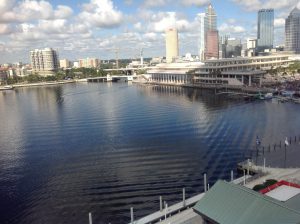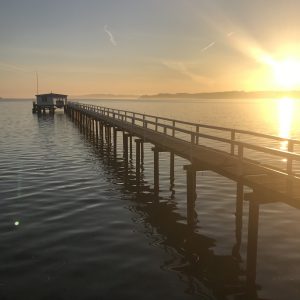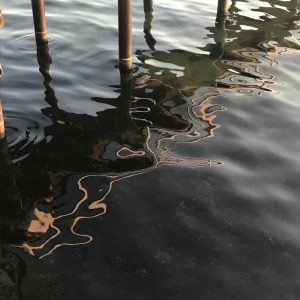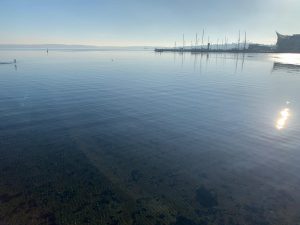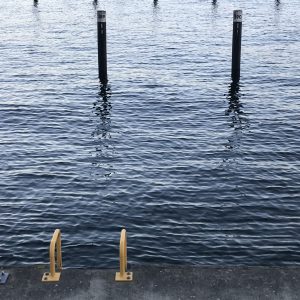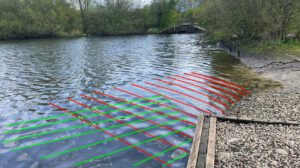
Fun #WaveWatching today! Reflections all the way….and then the boundary suddenly ends!
You might remember this edge here and the reflection situation. More details in this recent post, but in a nutshell: The wave crests marked in red are approaching the beach…
